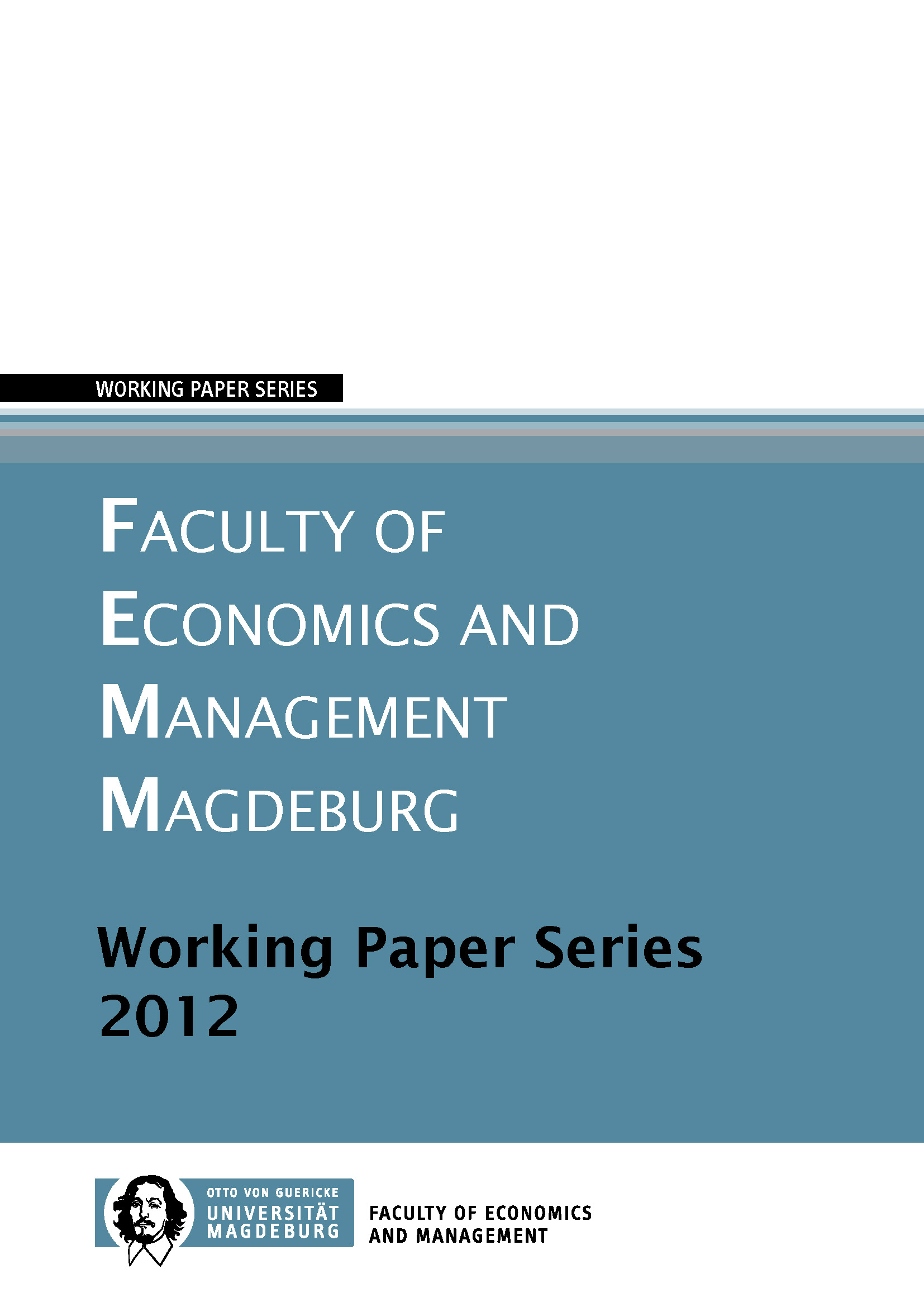Long-term Competitive Balance under UEFA Financial Fair Play Regulations
DOI:
https://doi.org/10.24352/UB.OVGU-2018-477Keywords:
Sports Economics, Professional Team Sports, Competitive Balance, UEFA Financial Fair PlayAbstract
This paper analyzes the long-term development of competitive balance in a professional team sports league with win-maximizing clubs facing a strict break-even constraint as imposed by UEFA's new Financial Fair Play Regulations. A classical model of professional team sports leagues is employed to calculate seasonal competitive balance, which solely depends on the market size of clubs. In the multi-period version of the model, a market size function, which captures the empirical fact that a club's revenue potential is positively affected by its historic success, is introduced. The model shows that there is only one long-term steady-state equilibrium, in which big clubs totally dominate small clubs and competitive balance is maximally uneven. The intuition is that a club, which becomes more successful, is able to attract more and more spectators yielding higher revenue and leading to the club being able to afford more playing talent. This in turn leads to greater success, which in turn attracts even more spectators and so forth. Since small clubs are no longer allowed to overspend and thereby invest their way to a greater market size in the future, the model predicts a negative trend in competitive balance to be the result of the new UEFA Financial Fair Play Regulations.


